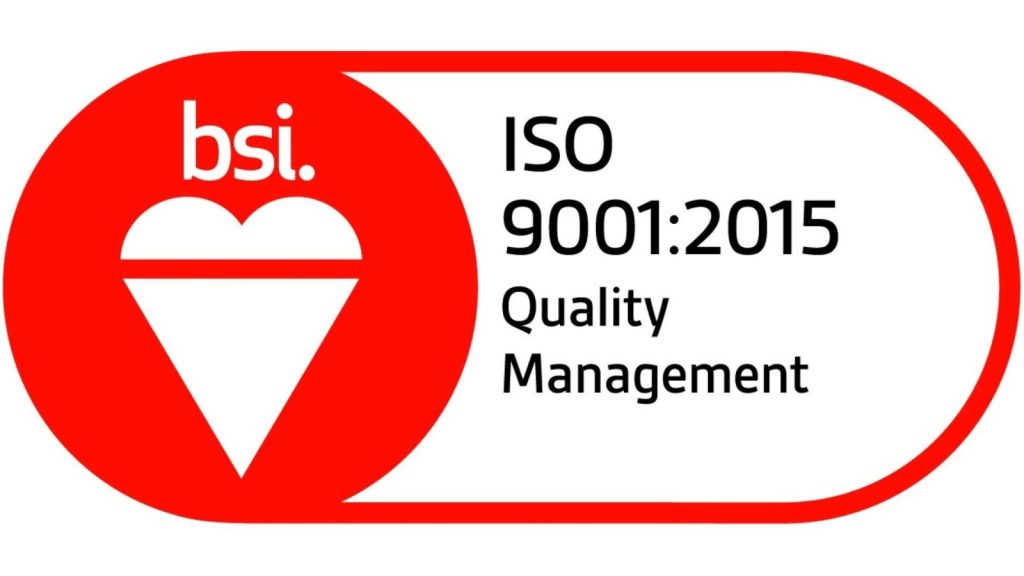In today’s digital age, understanding your data rights is crucial. The Cyber and Data Protection Act (CDPA) outlines important provisions that safeguard these rights, ensuring you have control over your personal information. Here’s a demystified overview of the key elements of the CDPA, focusing on consumer rights, business obligations, and enforcement mechanisms.
Key Provisions of the CDPA
1. Consumer Rights
The CDPA empowers consumers with several key rights regarding their personal data:
- Access: You have the right to request access to the personal data that organizations hold about you. This means you can see what information is collected, how it’s used, and who it’s shared with.
- Correction: If you find inaccuracies in your data, you have the right to request corrections. Organizations are obligated to rectify any incorrect or incomplete information promptly.
- Deletion: You can request the deletion of your personal data under certain circumstances, such as when the data is no longer necessary for the purpose it was collected or if you withdraw your consent.
- Portability: The CDPA allows you to request that your personal data be transferred from one organization to another, facilitating data mobility and empowering you to choose how your information is utilized.
2. Business Obligations
Organizations that handle personal data have specific responsibilities under the CDPA:
- Transparency: Businesses must provide clear information about how they collect, use, and store your data. This includes disclosing their data processing activities in privacy policies.
- Data Protection: Organizations are required to implement adequate security measures to protect your personal data from breaches and unauthorized access.
- Consent: Before collecting or processing your data, businesses must obtain your explicit consent, especially for sensitive information. You should also be able to withdraw this consent easily.
- Handling Requests: Organizations must have processes in place to respond to consumer requests regarding access, correction, deletion, and portability of data in a timely manner.
3. Enforcement Mechanisms
The CDPA establishes mechanisms to enforce compliance and protect consumer rights:
- Regulatory Authority: A designated regulatory body oversees the implementation of the CDPA, ensuring that businesses adhere to the standards set forth in the legislation.
- Complaints Process: If you believe your rights have been violated, you can lodge a complaint with the regulatory authority, which will investigate and take appropriate action.
- Penalties for Non-Compliance: Organizations that fail to comply with the CDPA may face significant fines and sanctions, incentivizing them to prioritize data protection.
Understanding your rights under the Cyber and Data Protection Act is vital for safeguarding your personal information in our increasingly digital world. The CDPA empowers you to take control of your data while holding organizations accountable for their practices. By staying informed and exercising your rights, you can navigate the complexities of data protection confidently. At Axis Solutions, we are committed to helping you understand and uphold your data rights.


